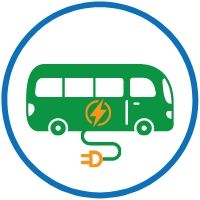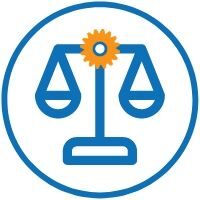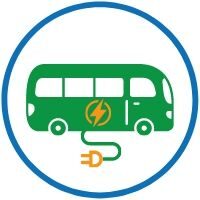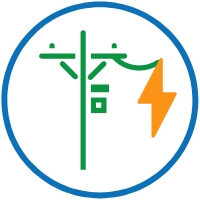The Clean Energy Jobs Act

Electrifying Transportation
Cleaning the Air and Preparing for the Electric Vehicle Future
Powered by Lightning: Emission-Free Electric Cars
CEJA sets new targets for electrification of transportation. It requires utilities to listen to consumers and other stakeholders to plan for a world in transition from fossil fueled vehicles to clean electric vehicles. These new vehicles will require new electricity, so CEJA creates a planning process to ensure the transition is done in a way that lowers costs of the electric grid to save all consumers money. These plans must incorporate significant stakeholder input and address opportunities for environmental justice and low-income communities to benefit from electrification.
Electric Vehicle (EV) Access for All
Provides short term access to rentable electric vehicles through an EV Car Sharing program.
Creates the Carbon Free Last Mile initiative to provide clean transportation that extends traditional public transit’s reach.
Encourages zero-emission vehicles (new and used) via low-income EV Rebates.
EV Mass Market in Utility Territories
Provides EV charger rebates for customers who spread electric demand over time, benefiting the grid.
Builds new public EV charging stations in population-dense and/or low-income areas.
Builds quick charge stations in rural areas and along highways.
Electric Vehicle Charging Readiness
Expands access to charging for those living in multi-unit dwellings or relying on non-residential charging.
Ensures new and renovated buildings can accommodate EV charging should an owner choose to install it.
Protects condominium owners and renters from unreasonable restrictions on charging. Provides Home Owner Associations and landlords with clear rights and responsibilities.
Medium and Heavy-Duty Vehicle Electrification
Funds transit vehicles and infrastructure and incremental costs for transit, school bus, government, and commercial vehicle electrification. These efforts focus on low income and environmental justice communities and reducing grid costs.
Volkswagen Settlement & Capital Budget Funds
Directs the Illinois Environmental Protection Agency (IEPA) to hold a comprehensive stakeholder process to get input on the development of an updated plan for spending the remaining Volkswagen Settlement Environmental Mitigation Fund.
Directs the IEPA to include the $70 million in funds from the last capital budget toward electrification infrastructure.

How is it paid for?
Major utilities like ComEd and Ameren are required to directly fund medium and heavy-duty vehicle programs (up to $35.5m/yr) and EV infrastructure (up to $24.85m/yr) within their service territories while keeping rates low. Utilities will reimburse the state for EV Access for All ($10.65m/yr).

Why is it urgent?
Vehicles are now Illinois’ biggest source of climate pollution. Their emissions also contribute to respiratory illness that disproportionately affects low income communities and communities of color. Lower fuel and maintenance costs of EVs, combined with cost benefits to the electric grid, make EVs a much needed investment.
Need to download or view as a PDF?
Click the button to view a pdf version of this page








